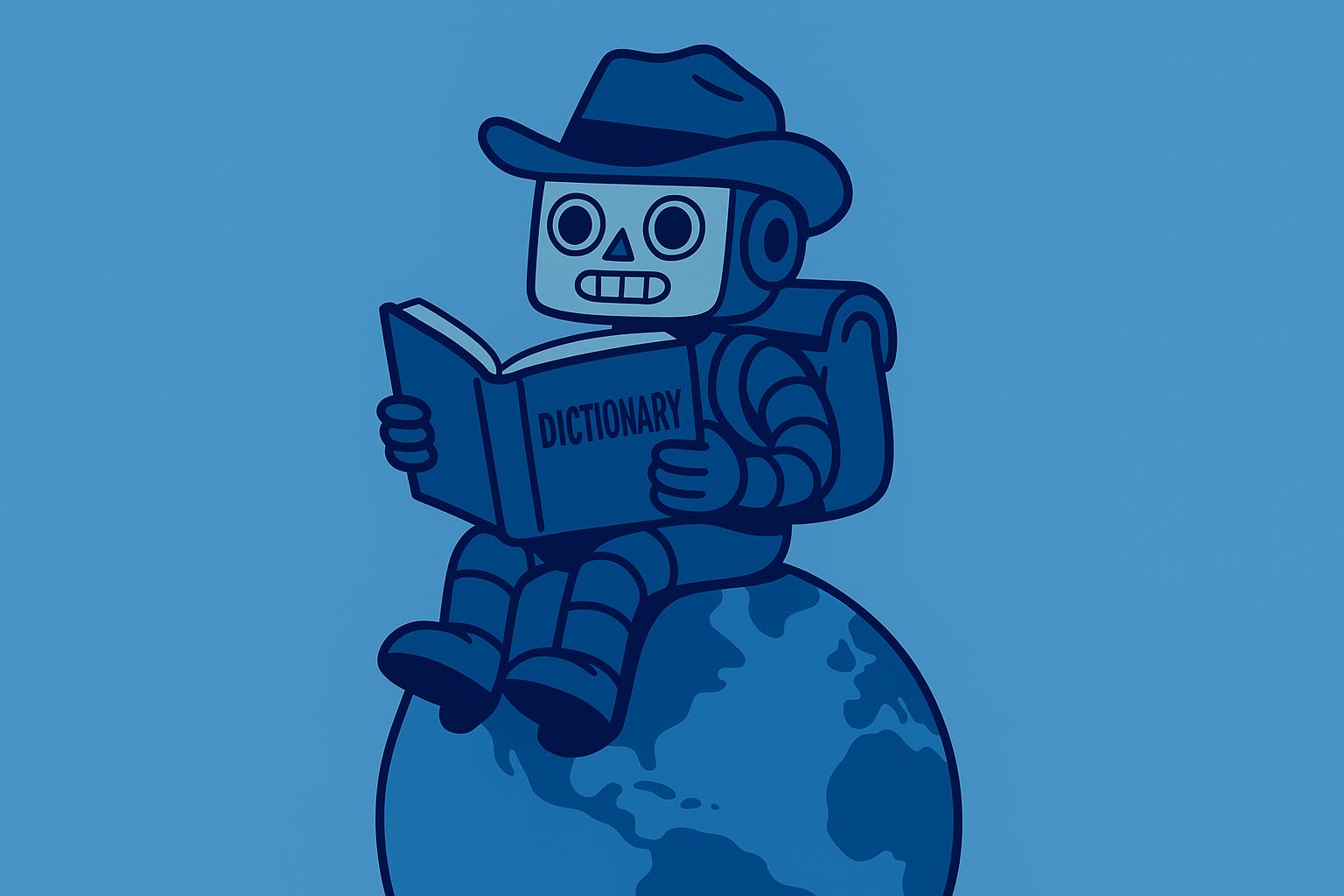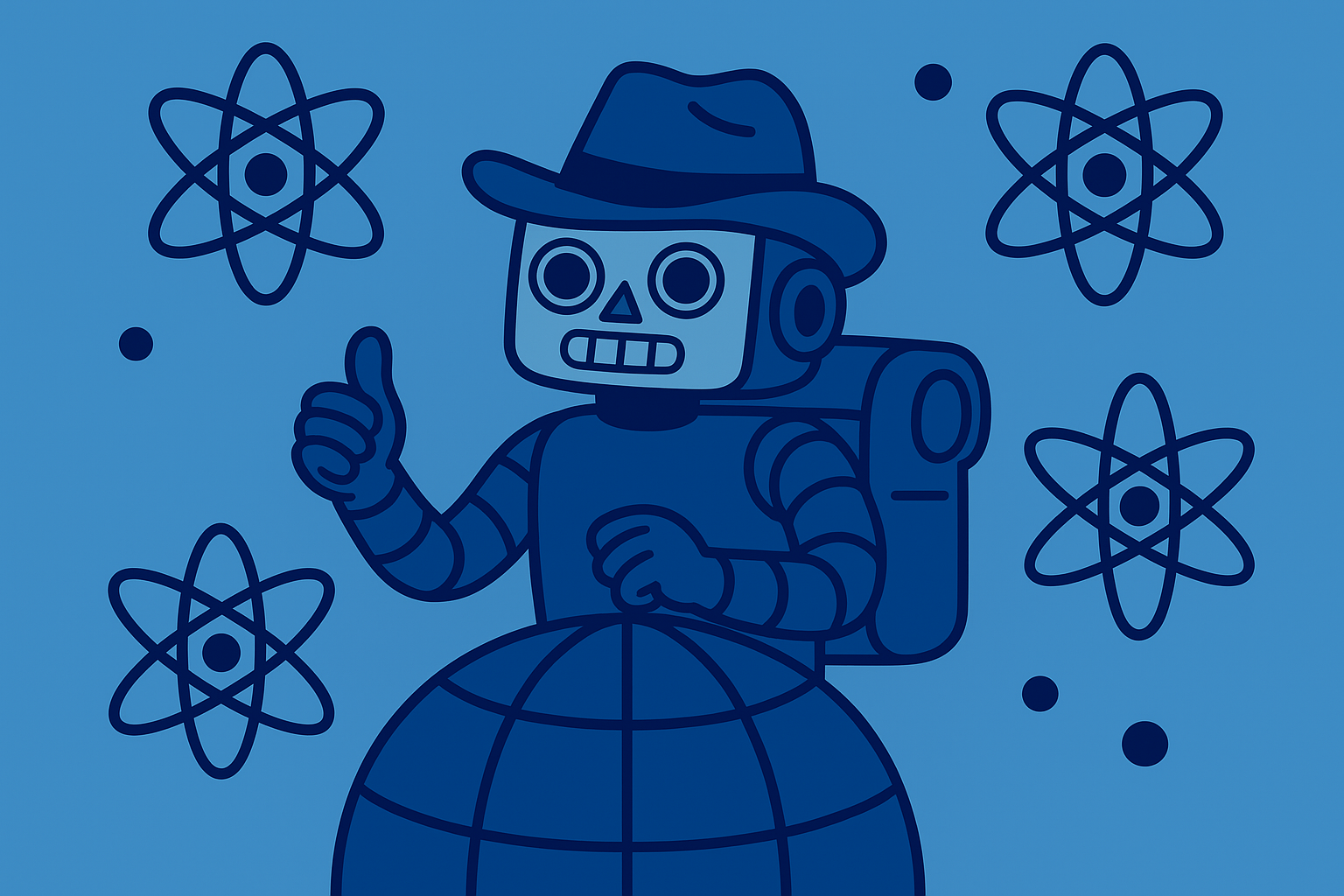How to Fine-Tune a Translation Model

Here's a surprising fact: you can unlock a large language model's translation abilities with as few as 32 parallel examples. This discovery is revolutionizing how we approach specialized translation, making high-quality translation accessible for medical journals, legal documents, literary works, and even endangered languages, all without the massive datasets traditionally required.
Fine-tuning takes a pre-trained model and adapts it to your specific needs, whether that's translating technical manuals, literary prose, or medical reports. Instead of starting from scratch with millions of sentence pairs, you're building on existing knowledge, dramatically reducing the time and resources needed to create a specialized translation system.
This technique has become essential for organizations needing domain-specific translation. Medical institutions use it to handle complex terminology, legal firms adapt models for contract translation, and researchers are preserving low-resource languages, all by fine-tuning existing models rather than building new ones from the ground up.
Understanding Fine-Tuning Basics
Fine-tuning is the process of continuing training on a pre-trained model using task-specific data. Think of it as teaching an experienced translator a new specialty, they already understand language deeply, but now they're learning the specific vocabulary and style of your domain.
What makes fine-tuning different from training from scratch is leverage. A model trained from scratch needs millions of examples to learn basic language patterns. A fine-tuned model already knows these patterns and only needs to adapt to your specific requirements. This difference means you can achieve professional-quality translation with a fraction of the data.
The evolution of fine-tuning mirrors the broader development of neural machine translation. Back in 2015-2016, early neural MT systems introduced domain adaptation through continued training. Researchers like Luong and Manning established that you could take a general translation model and specialize it by training further on domain-specific data. Today, with the rise of large language models, fine-tuning has become even more powerful, generic LLMs like GPT and LLaMA can be transformed into specialized translators that often outperform traditional MT systems.
Core Fine-Tuning Approaches
Standard Fine-Tuning
The most straightforward approach involves training the full model on in-domain bilingual sentence pairs. You take your source-target pairs, whether medical reports, legal contracts, or technical documentation, and continue training the model on this specialized data. Results are often immediate and impressive. For instance, fine-tuning Mistral-7B on Spanish-to-English medical translations not only improved domain-specific accuracy but actually surpassed ChatGPT-3.5 and NLLB 3.3B models in that specialized field.
Two-Stage Fine-Tuning
This more sophisticated approach has produced some of the most dramatic improvements in translation quality. Stage one involves fine-tuning on large monolingual corpora to build linguistic foundations. Stage two then fine-tunes on a smaller set of high-quality parallel texts. The ALMA recipe using this method achieved remarkable gains, over 12 BLEU points on average across multiple language directions. This two-stage approach is particularly powerful for low-resource languages where parallel data is scarce.
Parameter-Efficient Tuning
Not everyone has access to massive GPU clusters. That's where methods like LoRA come in. These techniques insert small trainable modules into the network while keeping most original parameters frozen. The result? Similar translation gains with 50x fewer trainable parameters. This makes fine-tuning accessible even on moderate hardware, opening the door for smaller organizations and researchers to create specialized translation systems.
Alternative Training Objectives
Traditional fine-tuning optimizes for exact matches to reference translations, but this can lead to overfitting. BERTScore fine-tuning takes a different approach, it rewards semantic equivalence rather than exact word matches. This allows the model to recognize that "The physician prescribed medication" and "The doctor gave medicine" convey the same meaning, even though the words differ. Experiments show this approach can improve BLEU scores by 0.6-1.0 points while creating more natural, flexible translations.
Practical Implementation Steps
Selecting Your Base Model
Your choice of base model sets the foundation for success. Consider these key factors:
- Model type: Pre-trained neural MT models for general translation tasks, or general-purpose LLMs for broader capabilities like handling multiple languages or maintaining conversational context.
- Model size: 7B-13B parameters often hit the sweet spot between performance and resource requirements.
- Language coverage: Ensure the model supports your target language pairs.
- Existing domain knowledge: Some models come pre-trained with domain-specific understanding.
Preparing Domain-Specific Data
Quality trumps quantity when it comes to fine-tuning data. Start by gathering parallel corpora relevant to your domain, translation memories, TMX files, or aligned documents. Clean data is crucial: misaligned or poorly translated pairs can harm performance, especially for minority languages. If you're working with limited data, focus on diversity, include examples from different authors, contexts, and styles within your domain.
Choosing Your Approach
Match your method to your resources and goals. If you have abundant parallel data and computational resources, standard fine-tuning might be ideal. Working with a low-resource language? The two-stage approach could unlock better results. Limited GPU access? Parameter-efficient methods like LoRA make fine-tuning feasible on consumer hardware.
Using Available Tools
Several platforms streamline the fine-tuning process:
- Google AutoML Translation handles the technical complexity, allowing you to upload TMX files and automatically fine-tune models
- OPUS-CAT integrates directly into translation workflows, enabling real-time model adaptation
- Hugging Face frameworks provide flexible, code-based solutions for researchers and developers
- PromptLayer enables teams to track fine-tuning experiments, compare model versions, and monitor translation quality over time with built-in analytics and version control
Eroding LLM Abilities
Recent research reveals a troubling paradox: while fine-tuning improves BLEU scores, it can degrade other valuable LLM capabilities. Models may lose their ability to adjust formality levels, handle few-shot learning scenarios, or maintain document-level coherence. A fine-tuned model might produce better word-for-word translations but struggle with nuanced tasks like switching between formal and casual registers.
The Solution: Mixed Training
The key to avoiding these pitfalls is mixing monolingual data during fine-tuning. By including diverse, general-language examples alongside your specialized parallel data, you help the model retain its broader capabilities. This hybrid approach maintains the model's linguistic flexibility while still achieving domain-specific improvements.
Data Quality Concerns
Poor data quality affects minority languages disproportionately. When fine-tuning on noisy or misaligned data from high-resource languages, errors can cascade into low-resource language translations. Always validate data quality, especially for underrepresented language pairs.
Real-World Applications & Results
Domain-Specific Translation
Specialized fields are seeing transformative results from fine-tuning. In medical translation, fine-tuned Mistral-7B models now outperform ChatGPT-3.5, handling complex terminology with greater accuracy. Legal firms use fine-tuned models to maintain consistency across thousands of contract translations. Technical documentation teams achieve precise, consistent translations of user manuals and specifications.
Low-Resource Languages
Perhaps the most exciting application is in preserving and supporting underrepresented languages. With just small parallel datasets, fine-tuning can unlock translation capabilities for language pairs that previously had no automated translation options. The ability to work with minimal data, remember those 32 examples, makes this particularly powerful for endangered languages.
Literary Translation
Creative translation presents unique challenges that fine-tuning addresses beautifully. The RomCro v.2.0 corpus project demonstrated that models fine-tuned on literary texts achieve richer style and cultural nuance compared to generic systems. These models better preserve author voice, cultural references, and stylistic flourishes that make literary translation an art form.
Final Thoughts
Fine-tuning has transformed translation from a one-size-fits-all service into a customizable tool that adapts to specific needs. With surprisingly small datasets, sometimes just dozens of examples, you can create specialized translators for medical journals, legal documents, technical manuals, or literary works.
The key to success lies in balancing specialization with general capability. Through smart data mixing and careful training strategies, you can enhance domain-specific performance without sacrificing the model's broader linguistic abilities.
Looking ahead, LLM fine-tuning has become the standard approach for creating specialized translation systems. As tools become more accessible and techniques more refined, quality translation for specialized domains and low-resource languages is no longer the exclusive province of tech giants; it's within reach for any organization willing to curate good data and apply these proven techniques.
The future of translation is about making existing models smarter through targeted fine-tuning. And with as few as 32 well-chosen examples, that future is already here.


